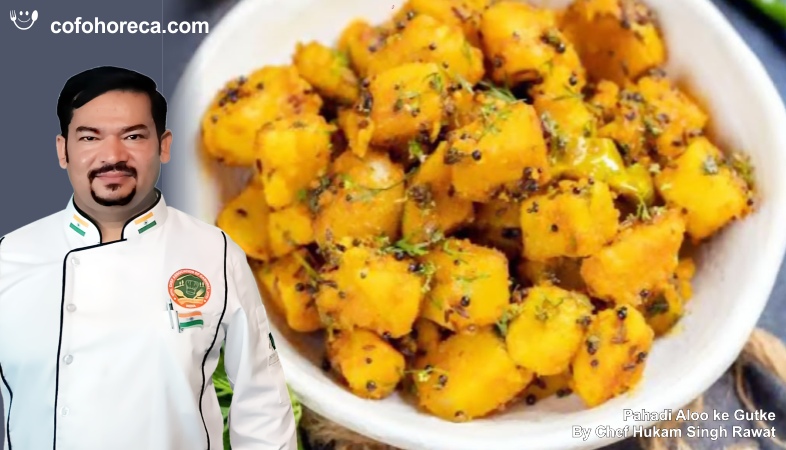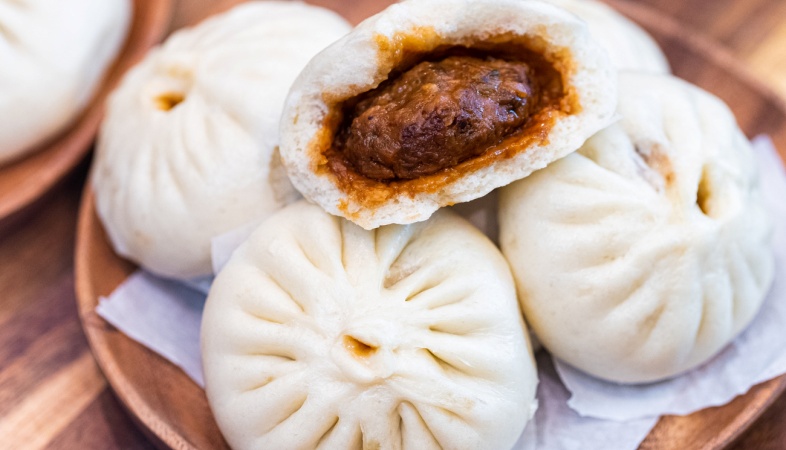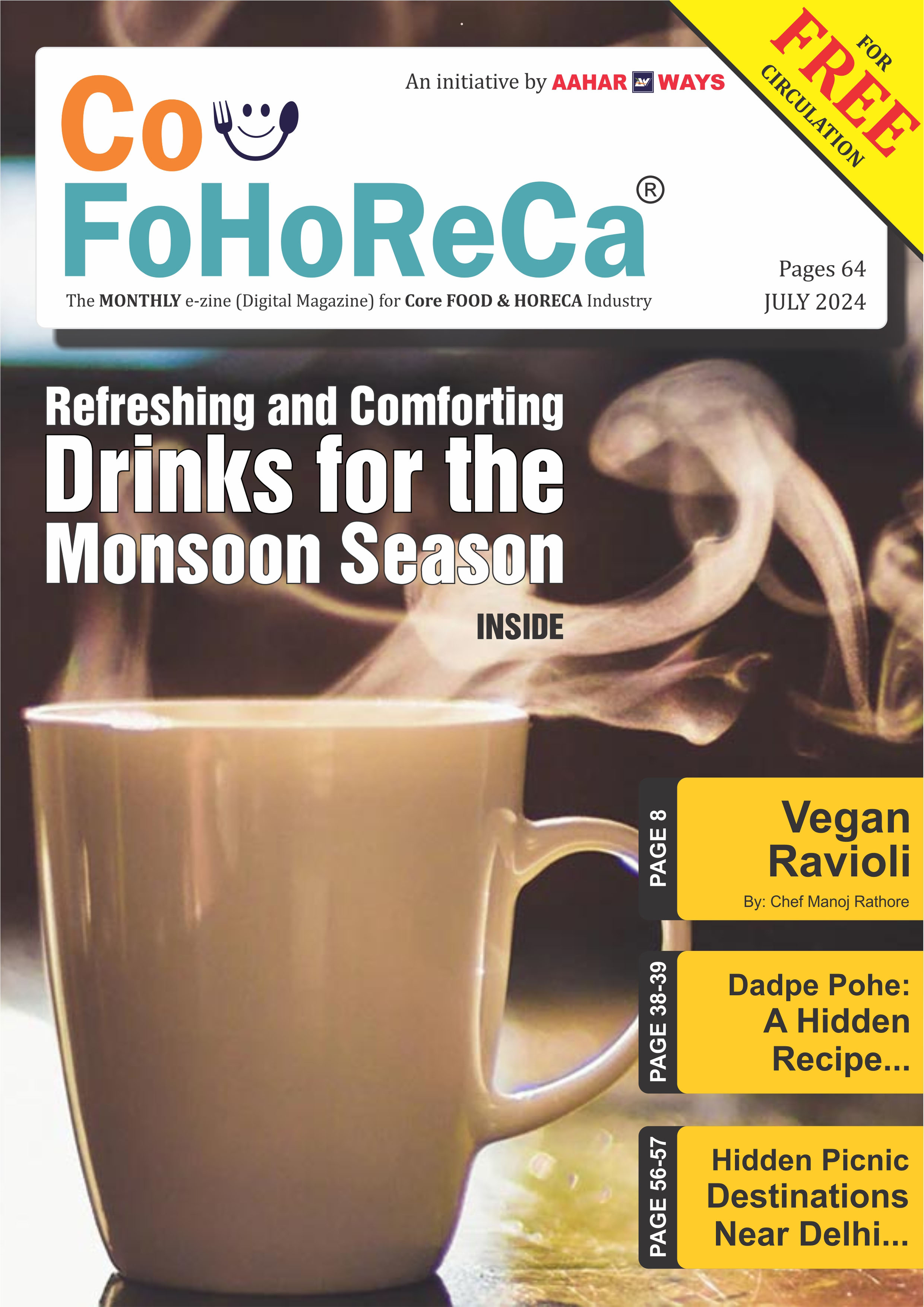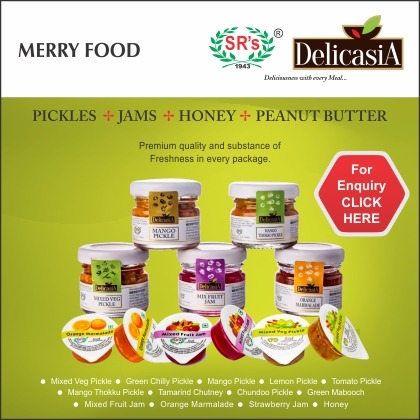Innovative Food Packaging Techniques: Ensuring Freshness, Safety, and Sustainability
Active packaging technologies can be tailored to specific food products and storage conditions to optimize freshness, safety, and quality.
.jpg)
Food packaging serves as the guardian of freshness, the
protector of safety, and the ambassador of sustainability in the journey from
production to consumption. In the modern era, where consumer demands for
convenience, quality, and eco-friendliness are on the rise, food packaging
techniques have evolved to meet these expectations. In this article, we explore
innovative food packaging techniques that address the challenges of preserving
food integrity, ensuring safety, and minimizing environmental impact.
Modified Atmosphere Packaging (MAP): MAP is a sophisticated food packaging technique that involves altering the composition of the atmosphere surrounding a food product to extend its shelf life. By replacing the air inside the package with a carefully controlled gas mixture, such as nitrogen, carbon dioxide, and oxygen, MAP slows down the deterioration of perishable foods, such as fresh produce, meat, and seafood. This technique helps preserve the color, texture, and flavor of food products while reducing the need for preservatives and additives.
Vacuum Packaging: Vacuum packaging is a method of removing air from a package before sealing it, creating a vacuum environment that inhibits the growth of spoilage microorganisms and prevents oxidation. This technique is commonly used for packaging perishable foods, such as meats, cheeses, and deli products, as well as for extending the shelf life of dry goods, such as coffee, nuts, and grains. Vacuum packaging helps maintain food freshness, flavor, and nutritional value while minimizing food waste and reducing the need for chemical preservatives.
Active Packaging: Active packaging refers to food packaging systems that incorporate active components, such as oxygen scavengers, moisture absorbers, antimicrobial agents, and flavor enhancers, to actively interact with the food and the environment inside the package. These active components help regulate the atmosphere, control microbial growth, and enhance the sensory qualities of the food product. Active packaging technologies can be tailored to specific food products and storage conditions to optimize freshness, safety, and quality.
Intelligent Packaging: Intelligent packaging, also known as smart packaging, integrates sensors, indicators, and communication technologies into food packaging to provide real-time information about the condition and quality of the food product. These technologies can monitor parameters such as temperature, humidity, pH, and gas composition, allowing consumers and retailers to track the freshness and safety of the food product throughout its lifecycle. Intelligent packaging helps prevent food spoilage, reduce food waste, and ensure consumer confidence in the safety and quality of the food they consume.
Sustainable Packaging: With growing concerns about plastic pollution and environmental degradation, there is increasing demand for sustainable food packaging solutions that minimize environmental impact and promote circularity. Sustainable packaging techniques include the use of biodegradable and compostable materials, recyclable packaging formats, and innovative designs that reduce material usage and optimize resource efficiency. By adopting sustainable packaging practices, food manufacturers and retailers can reduce their carbon footprint, conserve natural resources, and contribute to a more sustainable future.
Innovative food packaging techniques play a vital role in ensuring the freshness, safety, and sustainability of food products throughout the supply chain. From modified atmosphere packaging and vacuum packaging to active packaging, intelligent packaging, and sustainable packaging, these techniques offer a diverse array of solutions to meet the evolving needs and expectations of consumers and the food industry. By embracing innovation and sustainability in food packaging, we can safeguard the integrity of our food supply, protect the environment, and create a healthier, more resilient food system for future generations.
.png)














 at JLL India.jpeg)













